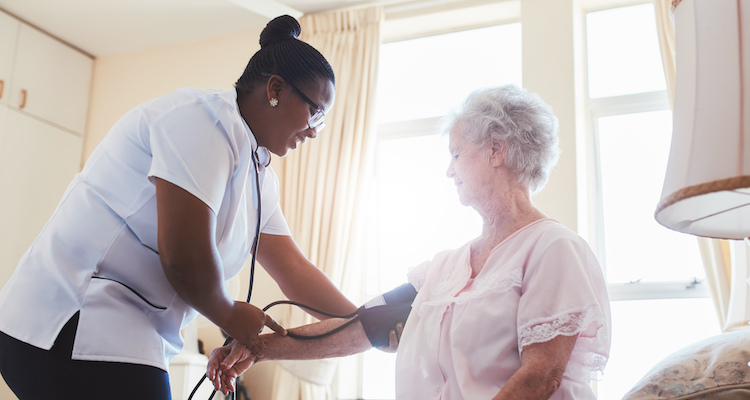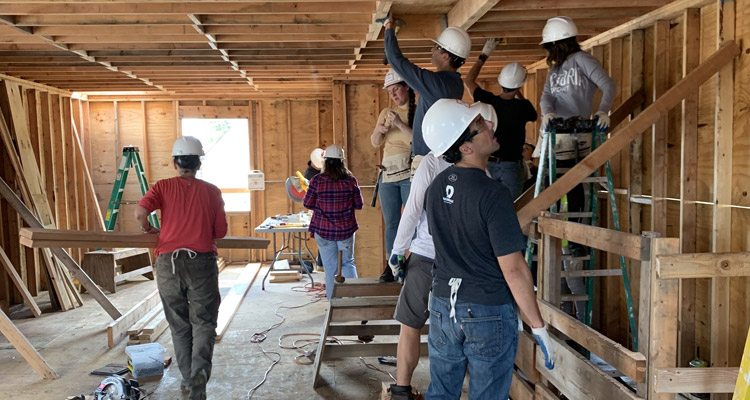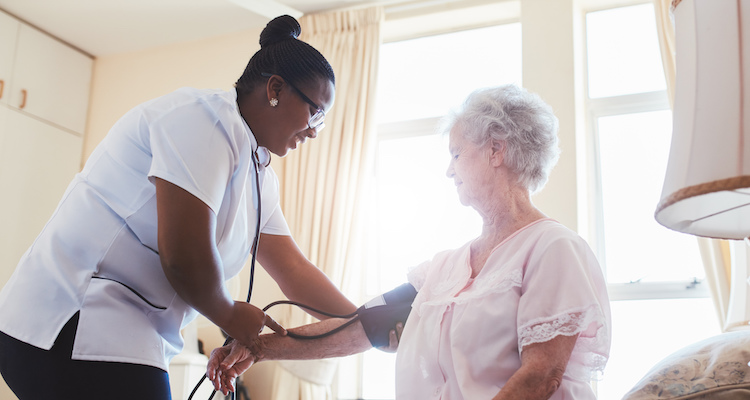“The Doctor Will See You Now…In Your Home.”
After well over a century during which the majority of care delivery shifted from the home to hospitals, clinics, and nursing homes, we are increasingly witnessing a gradual reversal of this trend. Fueled by a combination of new technology, the rising cost of care in other settings, and personal preferences for the relative convenience and safety of the home, many would argue that this deinstitutionalization of care is long overdue.
Telehealth
While the adoption curve for telehealth has been less compelling than many health care futurists anticipated, a growing percentage of Americans—now at 8 percent—have tried telehealth at least once, and an even larger percentage has expressed openness to considering it in the future. And while millennials have tried telehealth at almost 3 times the rate of the general population, its potential impact on improving quality and reducing cost may be even greater for seniors, who leverage telehealth for different purposes, such as assistance with medication adherence.
Remote Monitoring
From digital glucometers, scales, pulse oximeters, and blood pressure cuffs to Alexa devices with health care focused “skills,” a range of technologies has made it possible to better manage a number of chronic conditions in the home, including diabetes, congestive heart failure, and hypertension. Efforts to titrate medications for diabetes and hypertension that previously took weeks can be achieved, at times, in days, because of the much greater volume and frequency of data that can be collected with digitally enabled devices combined with telehealth, enabling clinicians to titrate these medicines much more efficiently than the “start at this dose, and see me back in a week” approach.
Recently, United Health Care announced the acquisition of Vivify, a remote monitoring company that leases to providers tablets connected to Bluetooth enabled devices that allow them to monitor and intervene as patients’ health conditions evolve in the home. Given the massive number of care delivery assets that it has accumulated—from primary care practices to hospitalist groups to ambulatory surgical centers, United clearly sees a wide range of use cases for leveraging remote monitoring as yet another tool to move more care out of the hospital “box” as a cost control and quality improvement mechanism.
New Payment Models
For commercially insured patients, a number of companies have taken pages from the historic doctor house call model and combined them with GPS-enabled routing protocols, compact, next generation house call kits (which can include a range of diagnostic and lab collection equipment), and clinicians trained to provide a “white glove” level of primary care and urgent care service in the home.
For patients insured by Medicare Advantage plans, a broader range of companies have expanded to provide home-based primary care or to wrap a range of services around patients’ existing primary care relationships. Some individuals served by these plans are relatively healthy, but seek the convenience of home-based care, similar to the commercial population. There is also a subset of socially and medically complex, high-cost patients covered by Medicare Advantage and Medicaid managed care plans who receive their care in the home in part because it may be challenging for them to leave the home for physical, psychological, or economic reasons. Home-based care models have been shown to improve quality and reduce costs for these patients by reducing ED visits, hospitalizations, and hospital readmissions. Given their efficacy in this regard, these companies have contracted with health plans and risk-bearing provider organizations to receive incentive or shared-savings payments that hold them accountable for their performance at reducing or slowing the growth in the total cost of care while meeting pre-defined quality metrics.
Hospital At Home
Leveraging a combination of telehealth, remote monitoring tools, and in home clinicians (ranging from nurses to physicians, depending on the model), some investor-backed companies and academic institutions are taking the shift in the site of care to the home to its inevitable end-state—the delivery of hospital level care in the home. These companies work with providers and plans to provide care for common conditions like community acquired pneumonia, mild to moderate congestive heart failure, urinary tract infections, and cellulitis that are low-margin DRGs for busy hospitals. In exchange, these hospitals have the ability to care for sicker patients who actually need inpatient or intensive care enough to warrant the higher costs and associated risks of being temporarily housed inside of the hospital “box,” such as opportunistic infections. Hospital at home has been deployed at scale in some European countries for over a decade, and while the uptake has been much slower in the U.S., there is clearly growing interest and momentum in this space and a recognition that it simply has to be one of the features of a future-state health system.
Conclusion
Even if the broader shift to urgent and acute care in the home follows a similarly slow rate of adoption to the one that has been observed in telehealth, over the next 10-15 years, technology-enabled care in the home will become fully mainstream, and the idea of going to clinics or the hospital for many forms of routine care will seem outdated, if not absurd. This shift will force some tough choices, particularly at smaller, community hospitals that may find it challenging to stay afloat without the volume that has sustained the capital-intensive boxes that are modern hospitals. While it may seem counter-intuitive, the shift to the home actually has the potential to create access issues for more complex care where an inpatient stay is required in areas where the reimbursement is not adjusted sufficiently to enable community hospitals that are too big to qualify for critical access hospital status and financing to survive. Overcoming these and other unintended consequences of the shift to the home will require focus and attention, but the positive impact on quality, cost, and the patient experience cannot be understated.
Dr. Harris is a partner on the health care services and technology teams at Deerfield.











